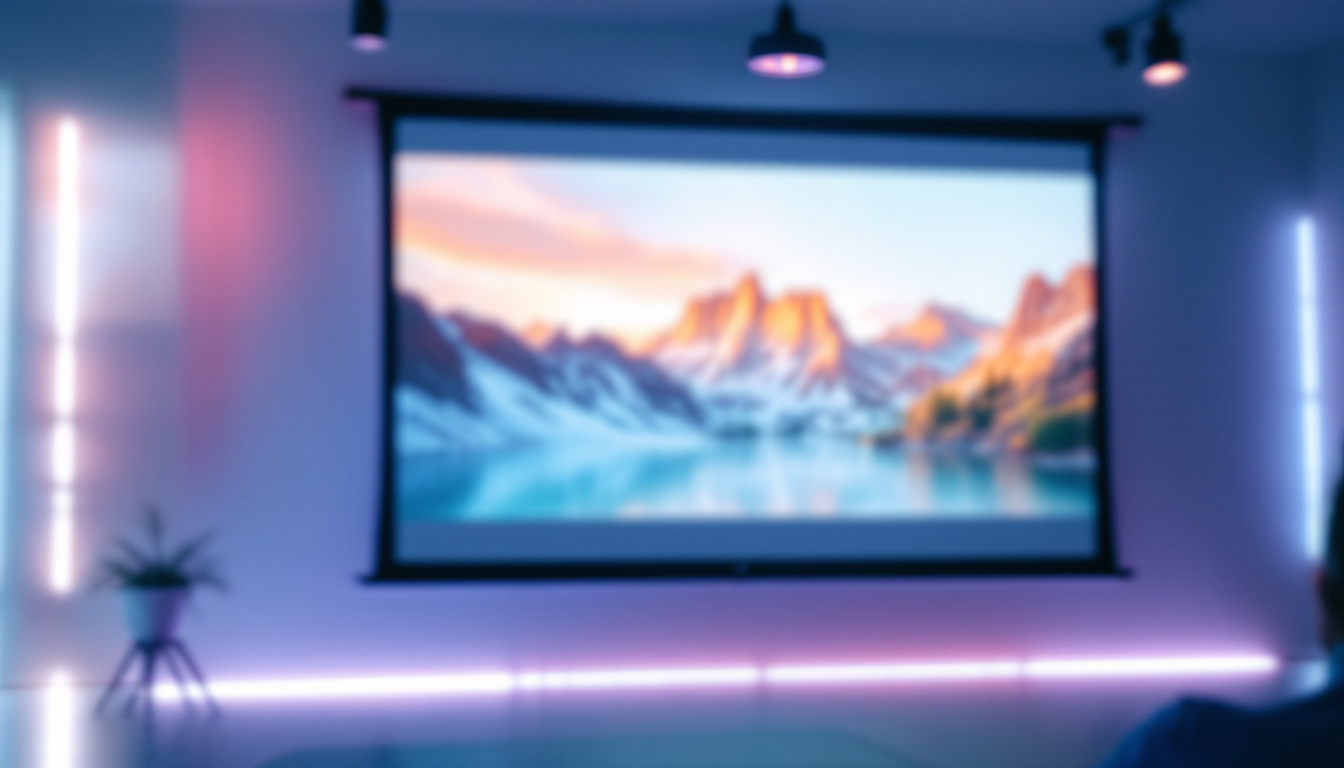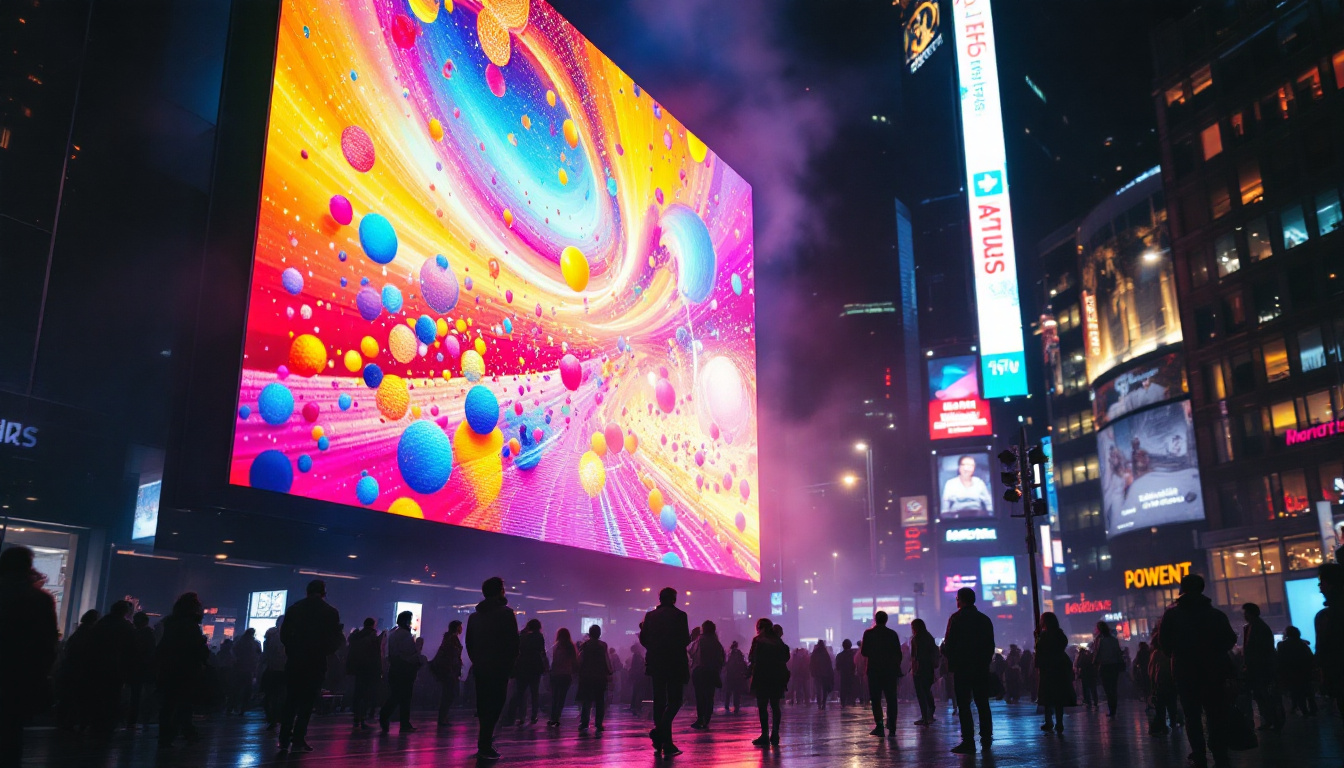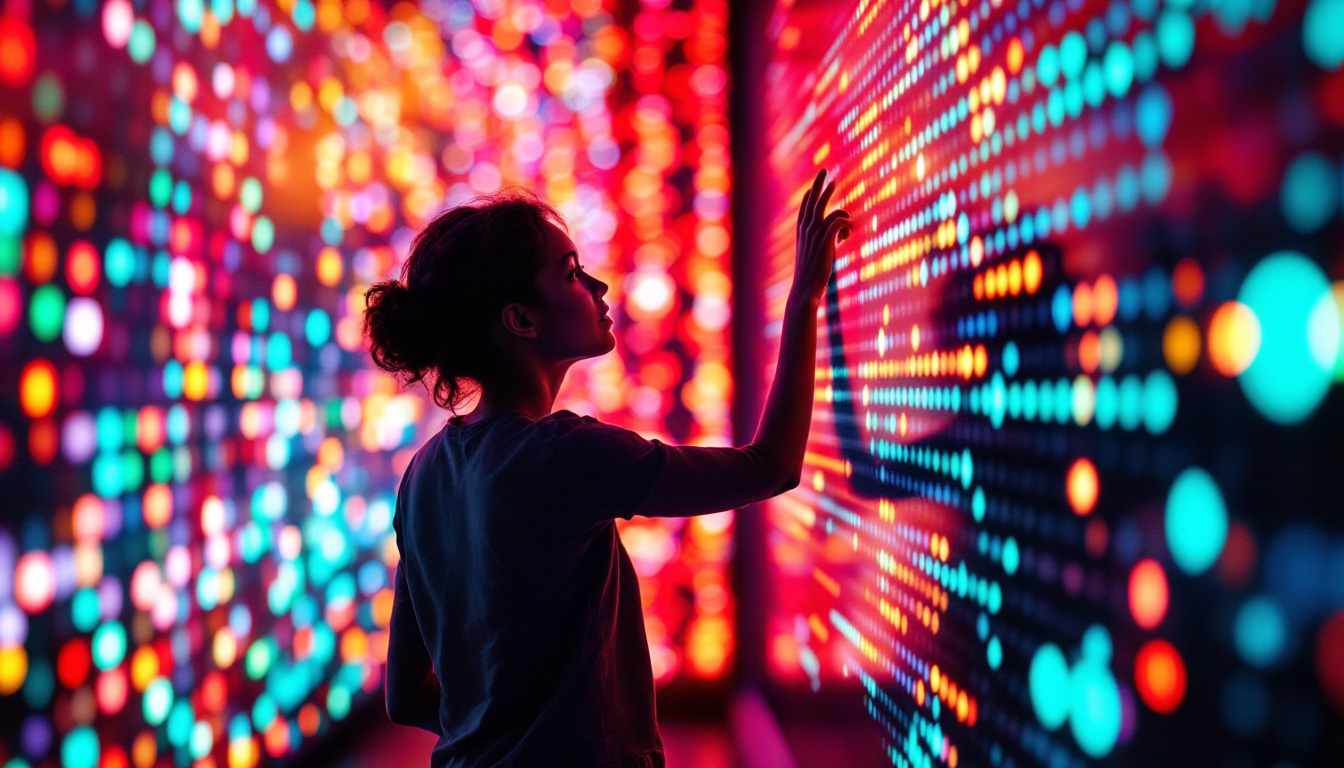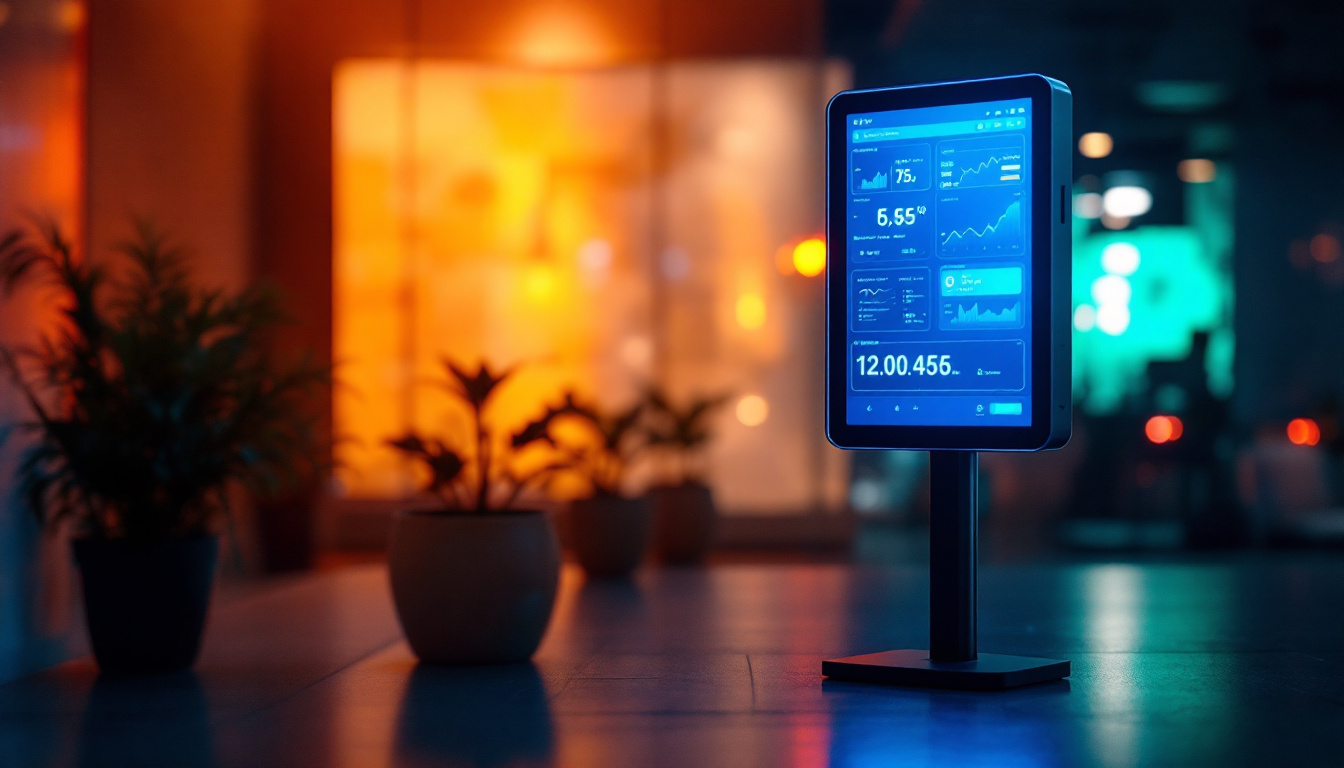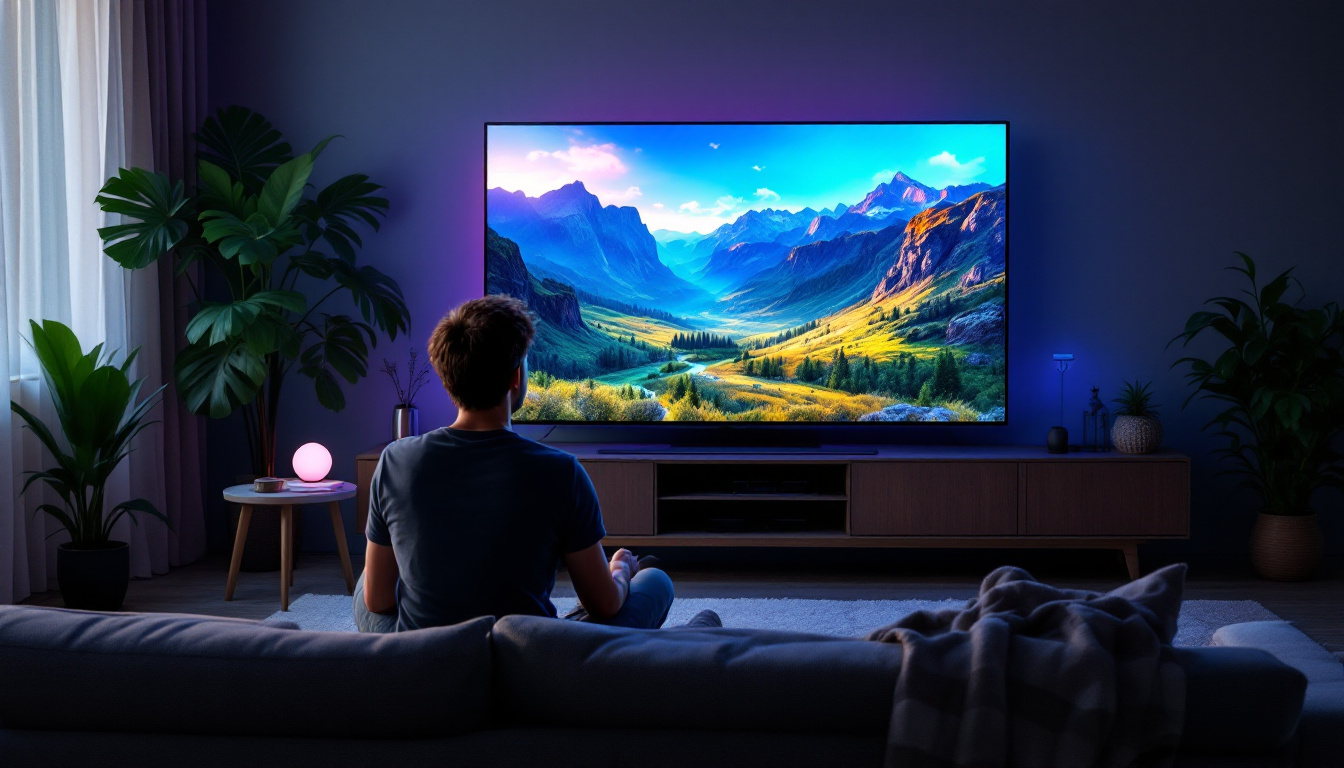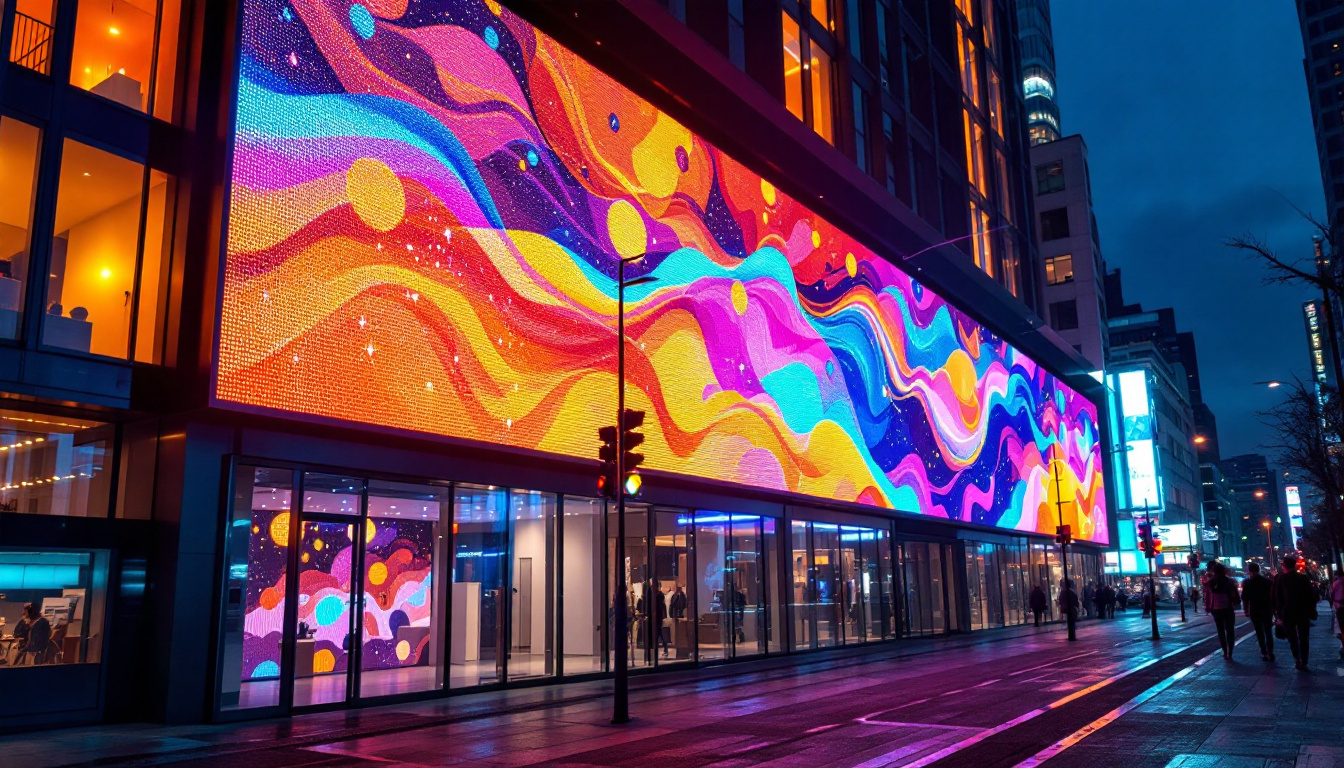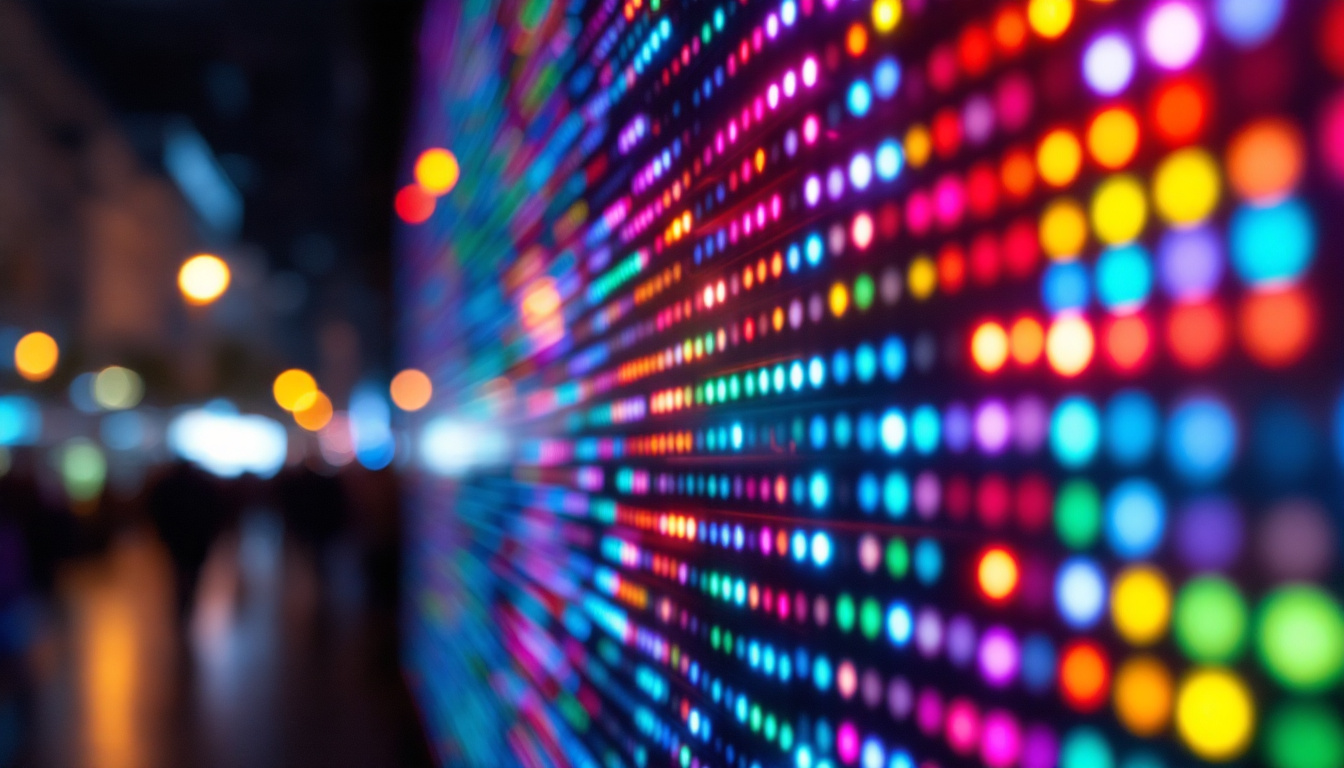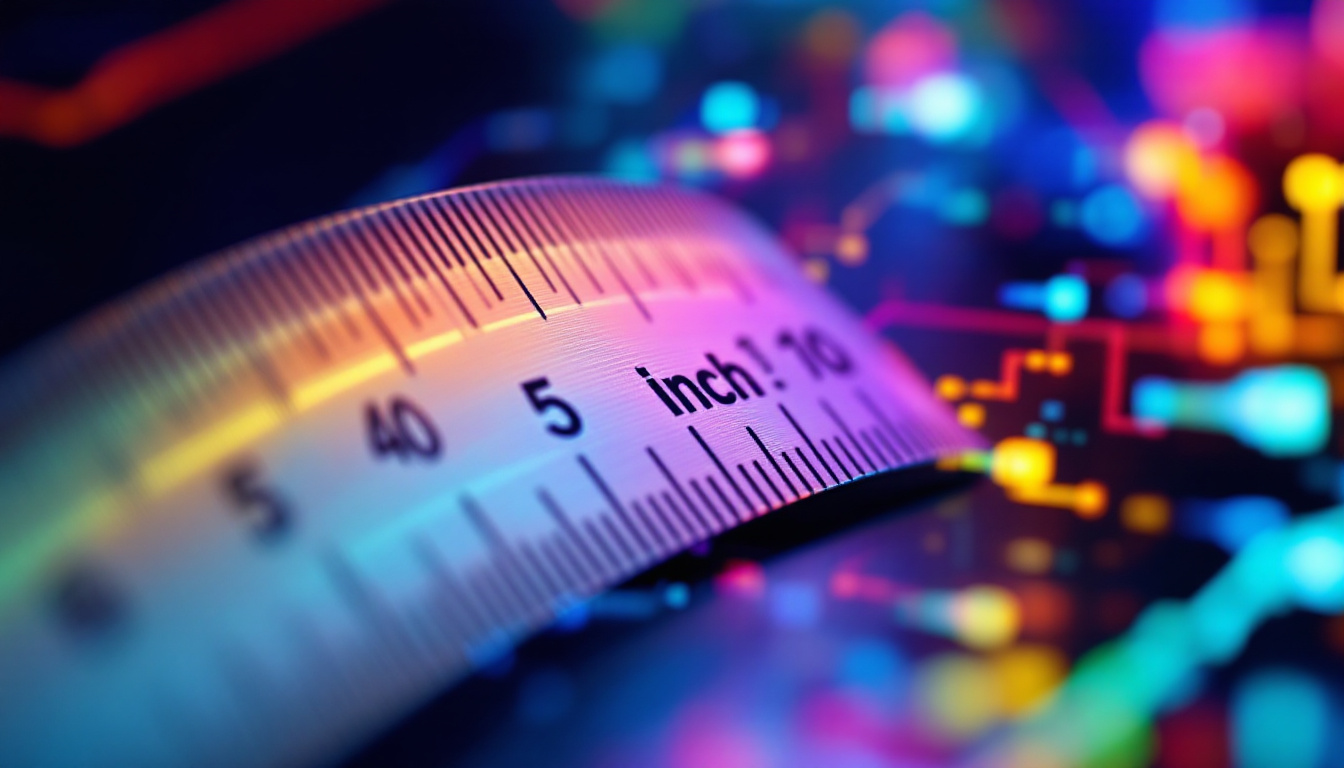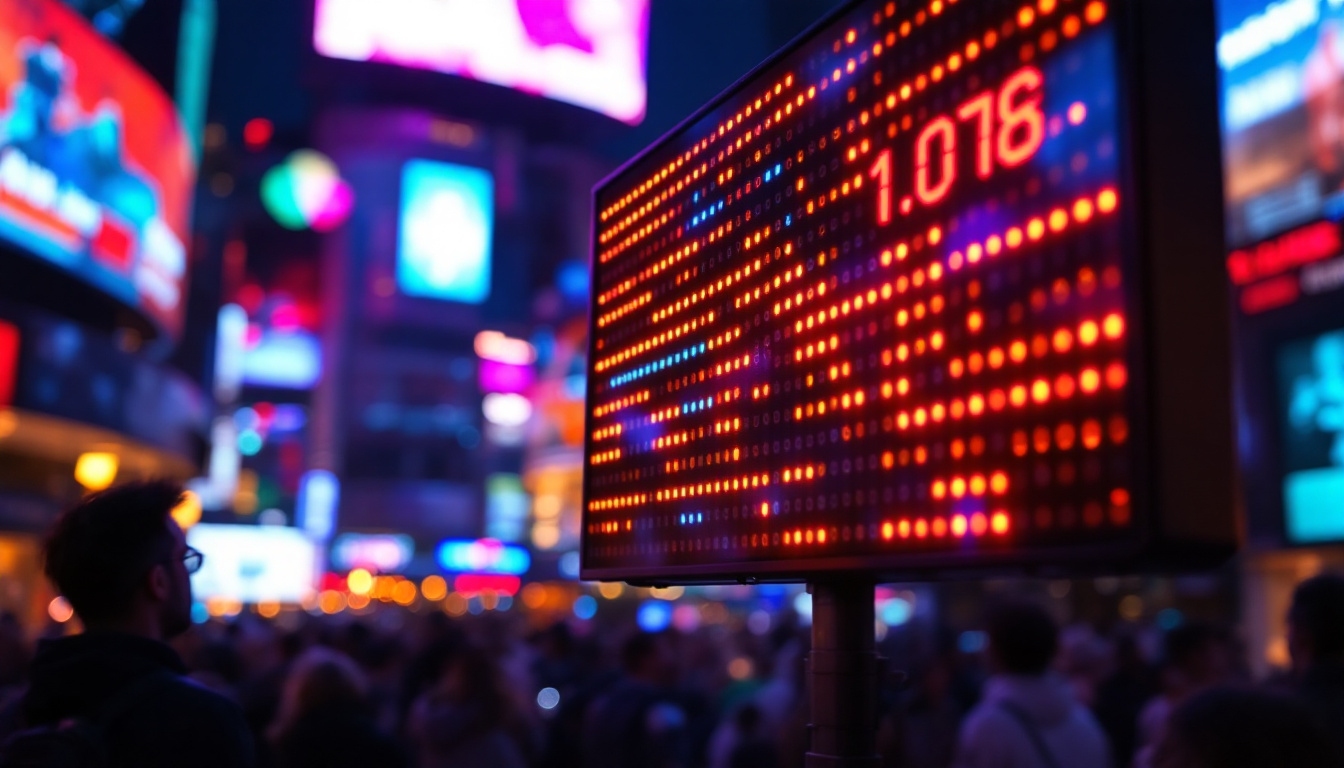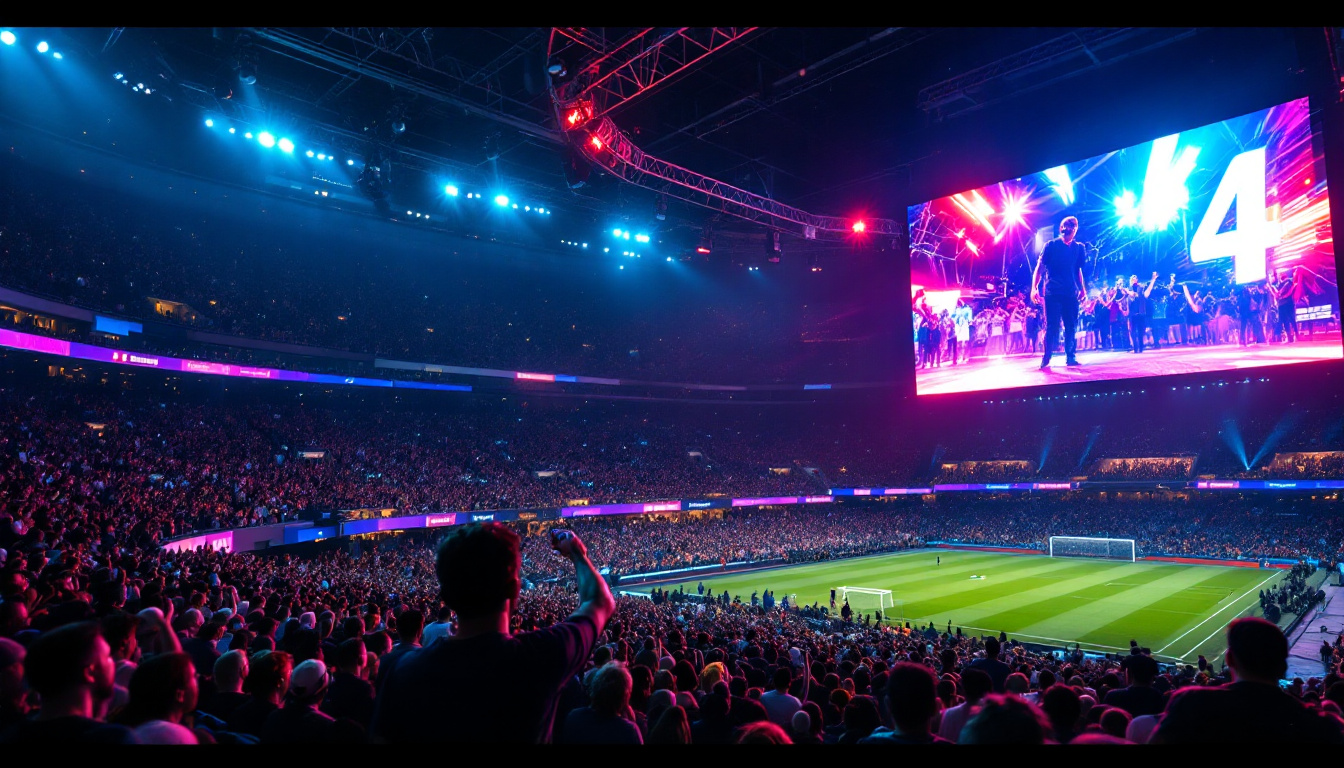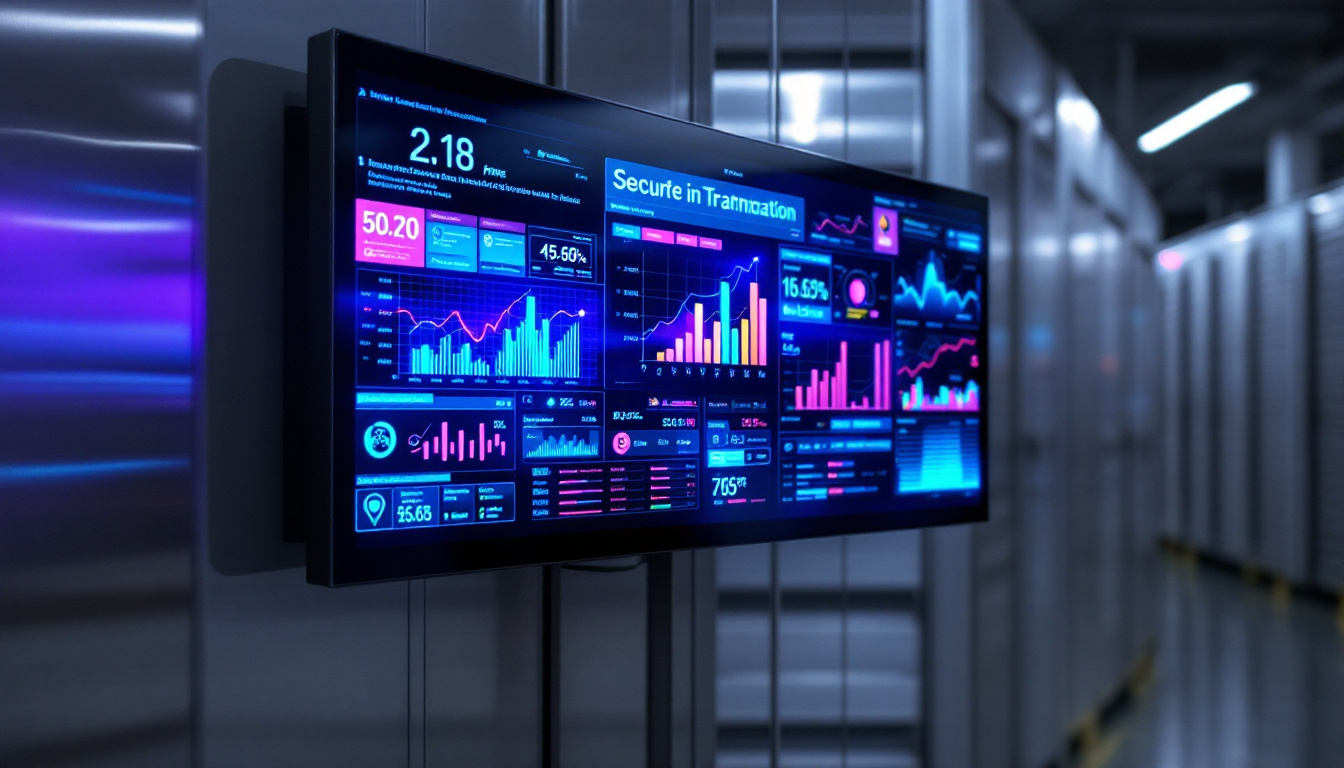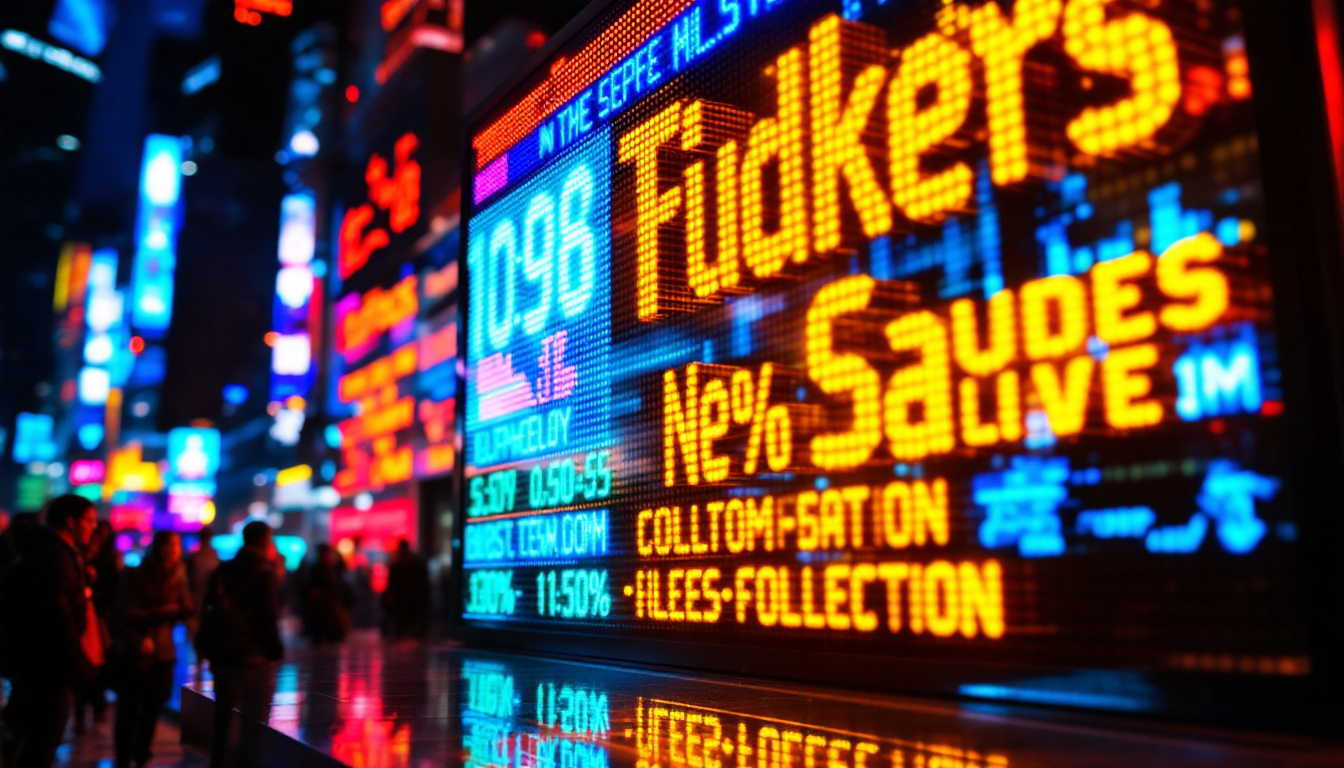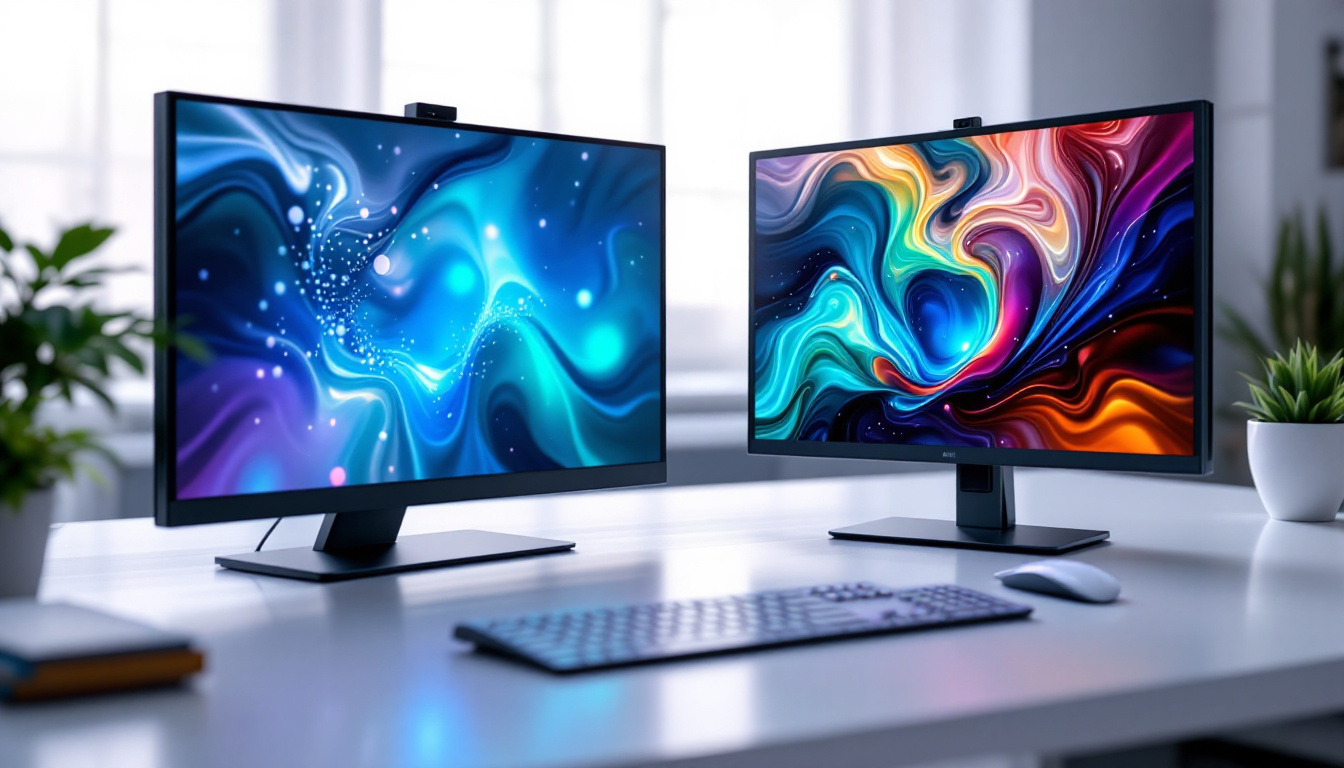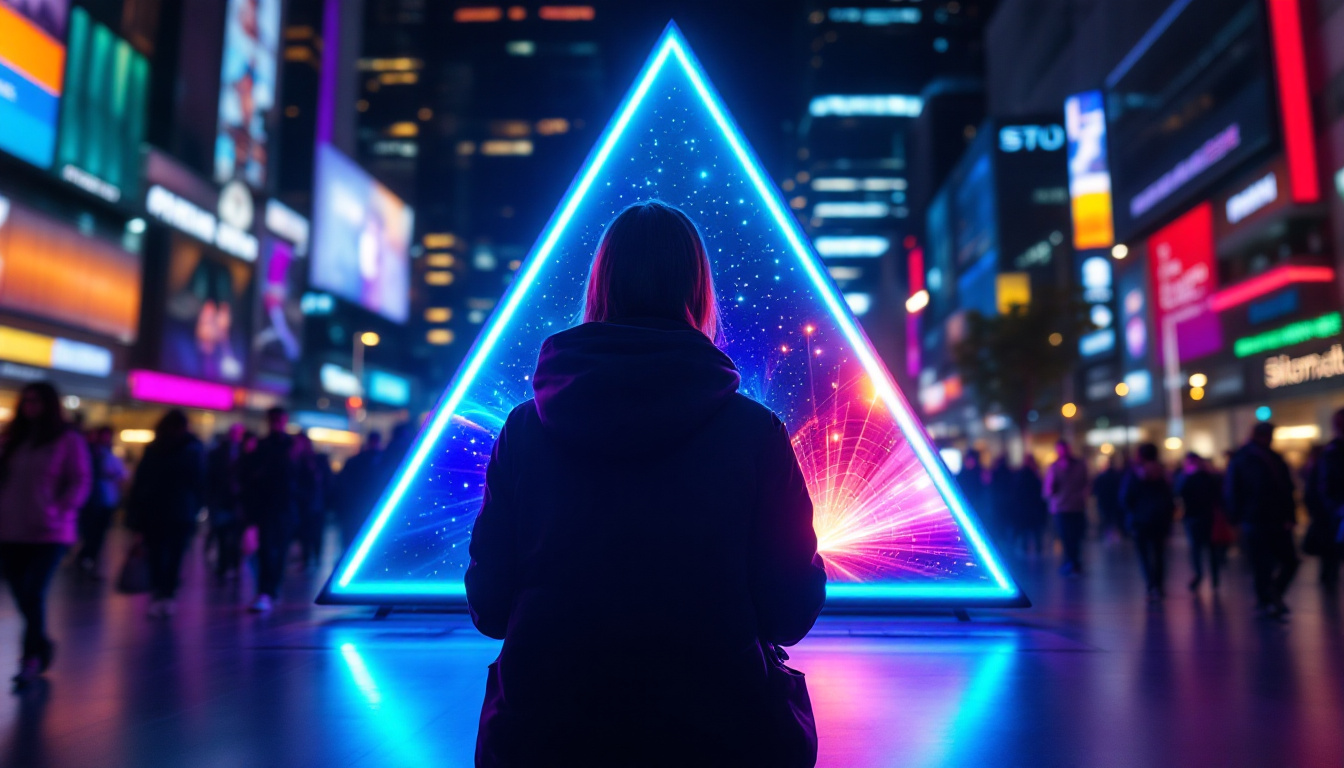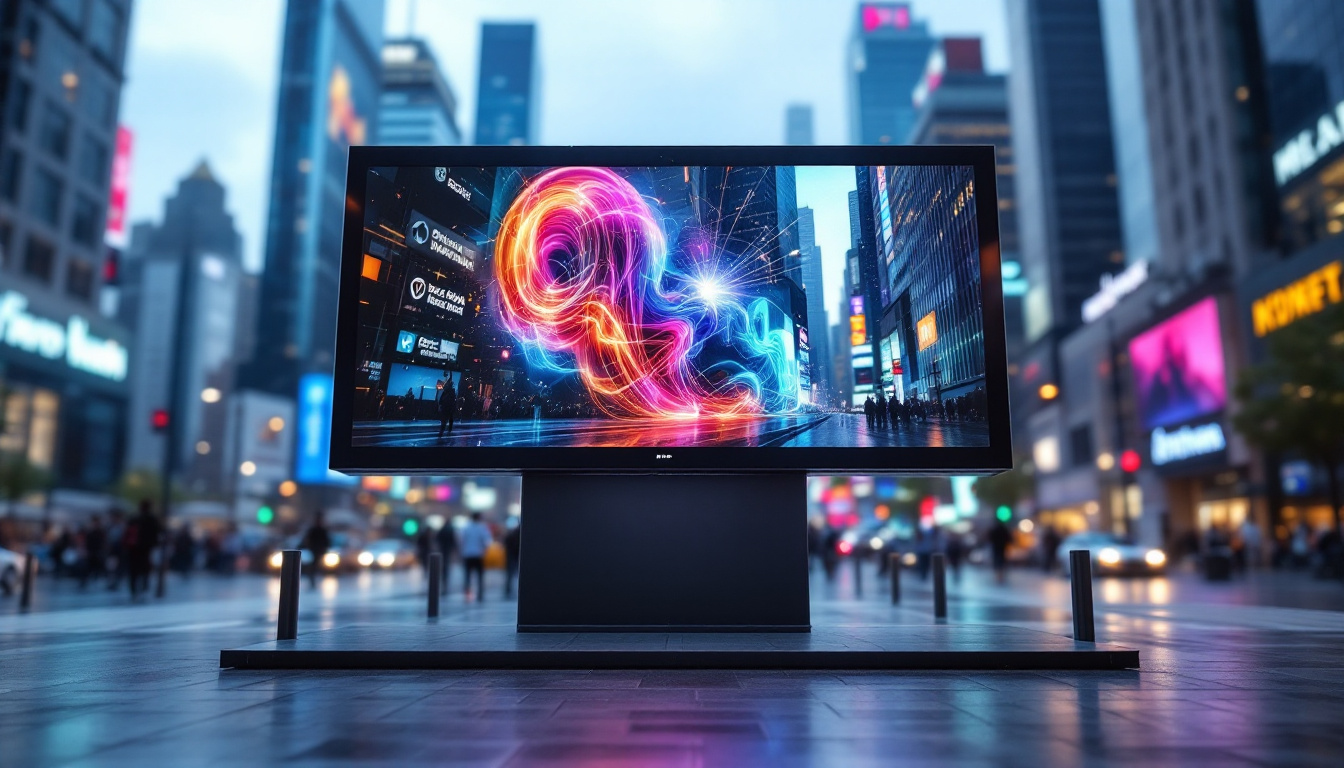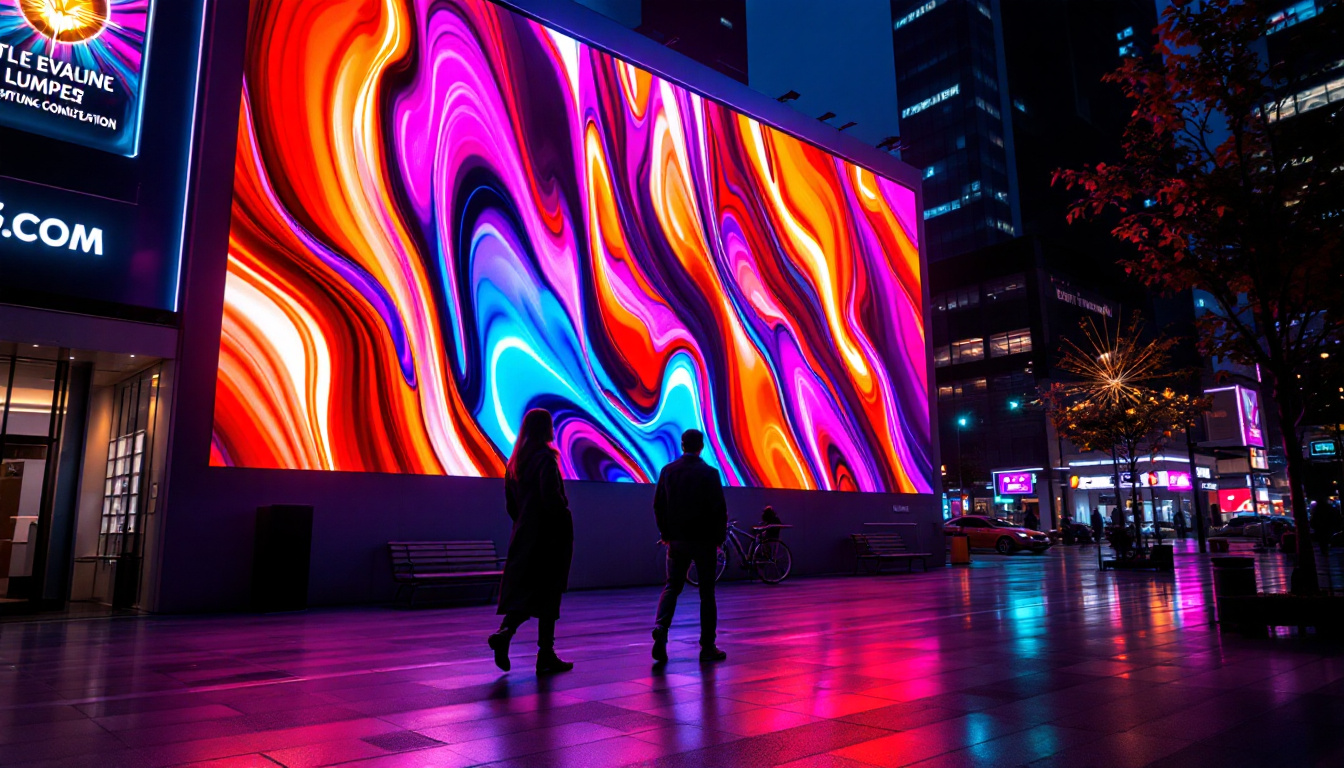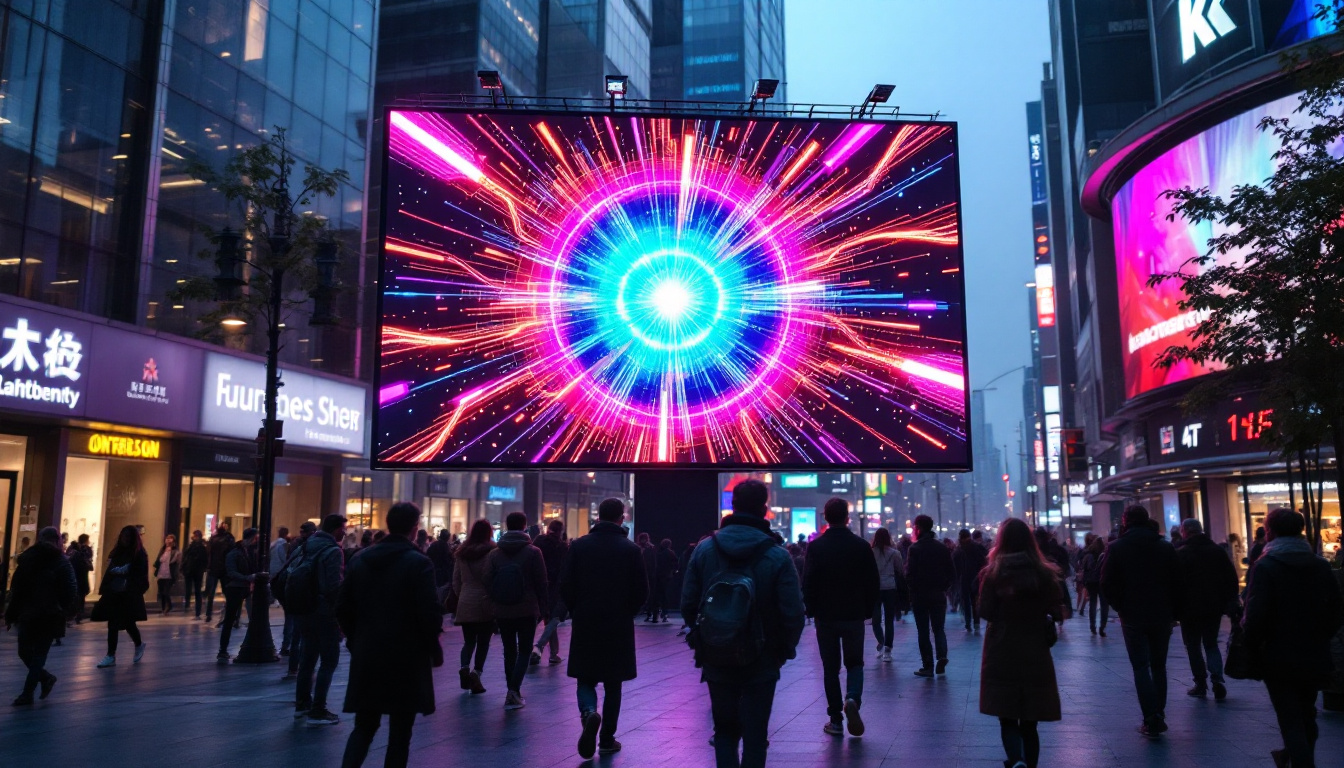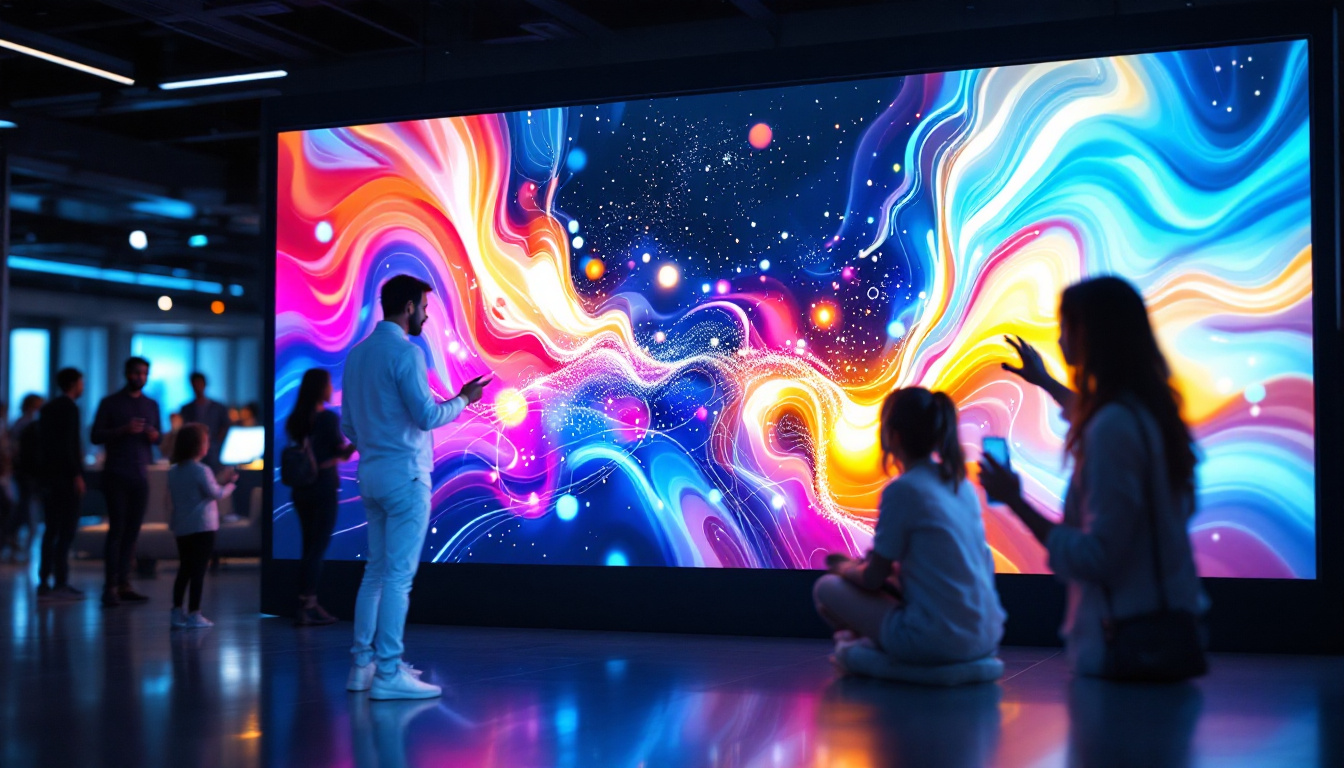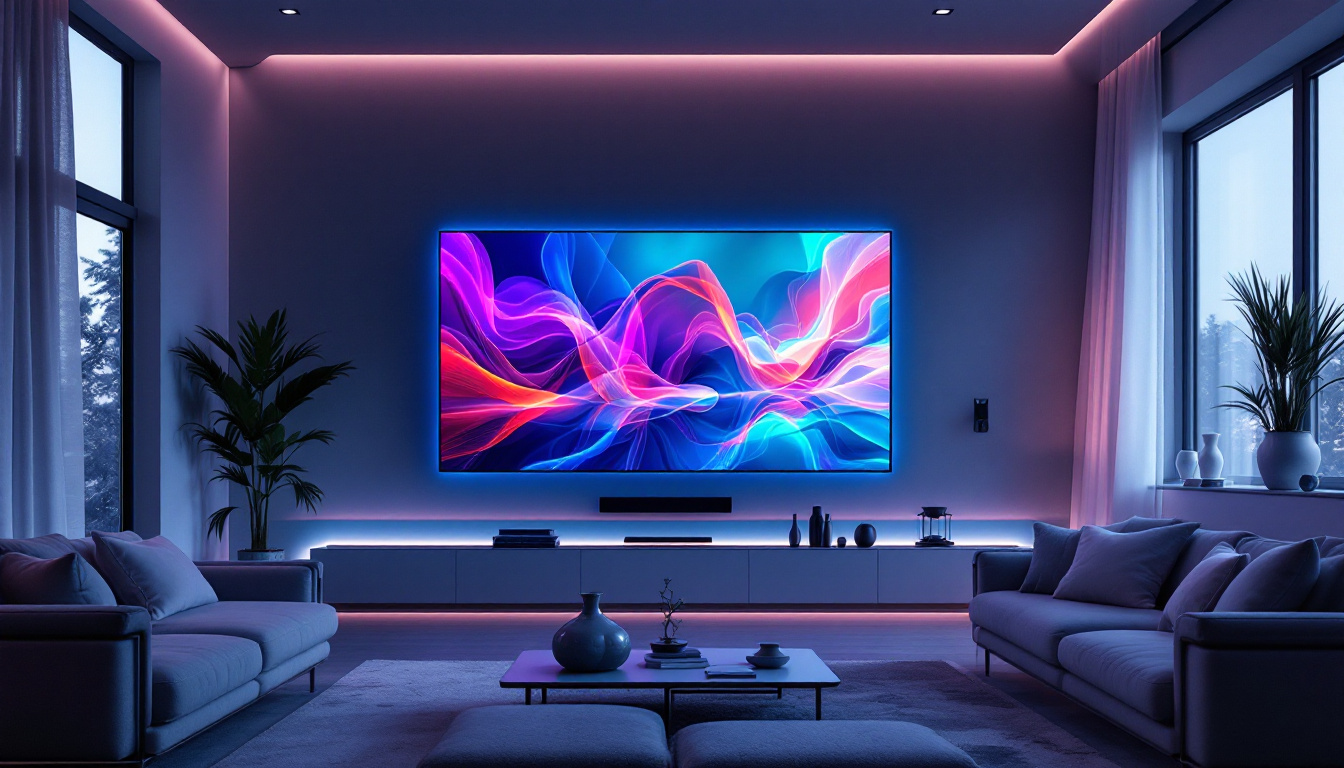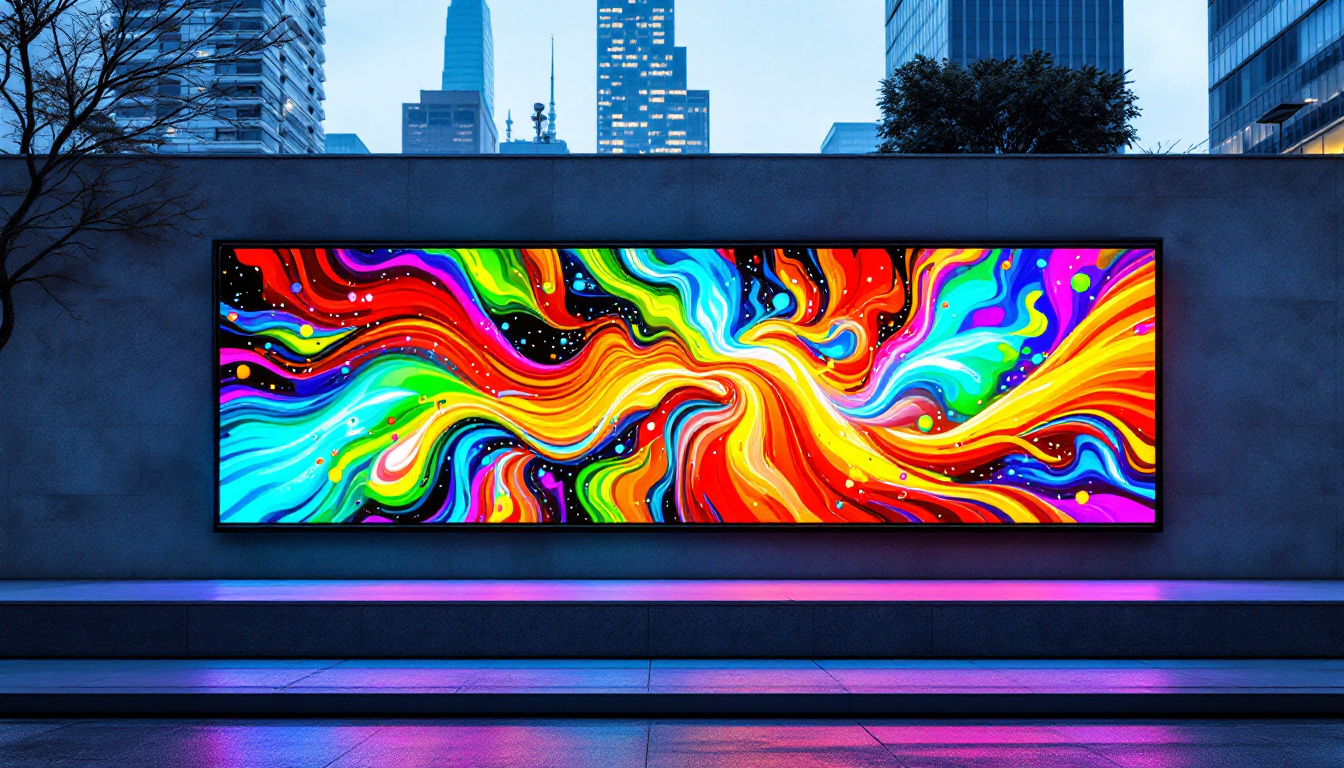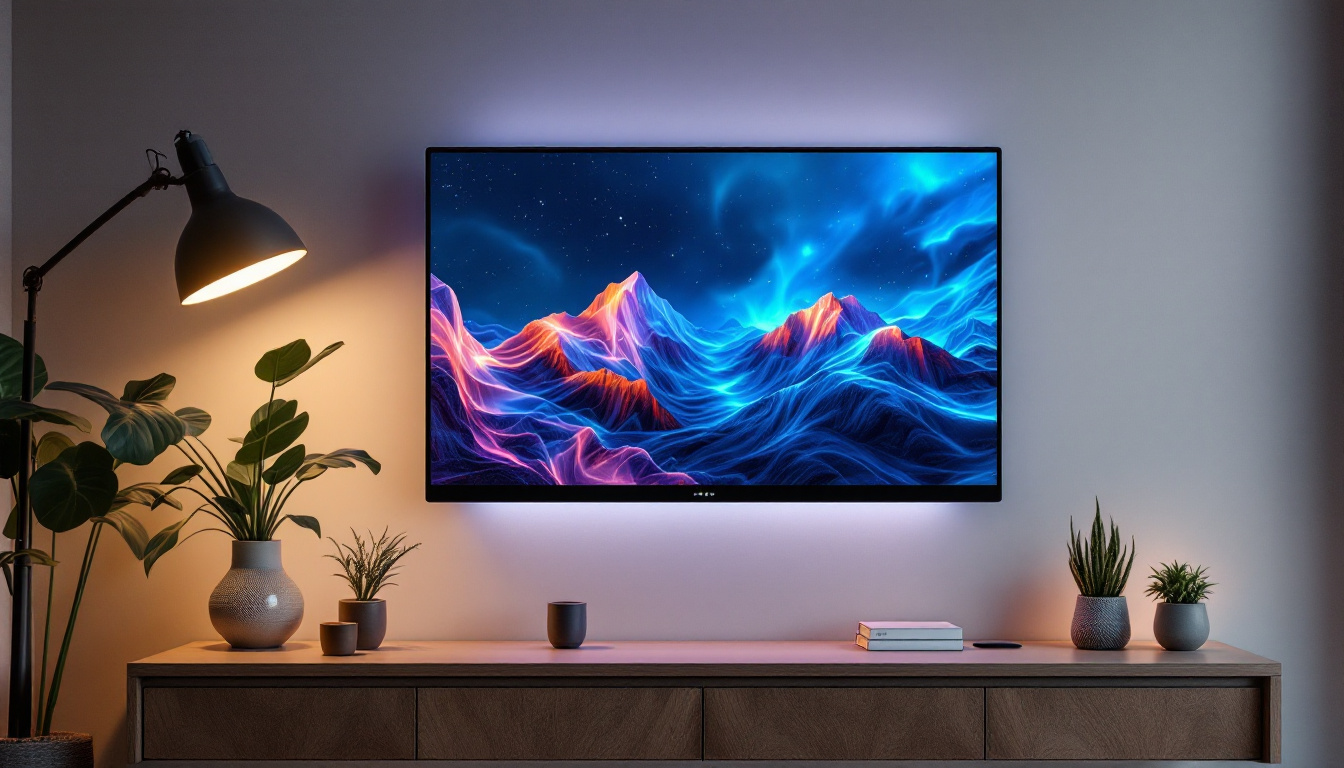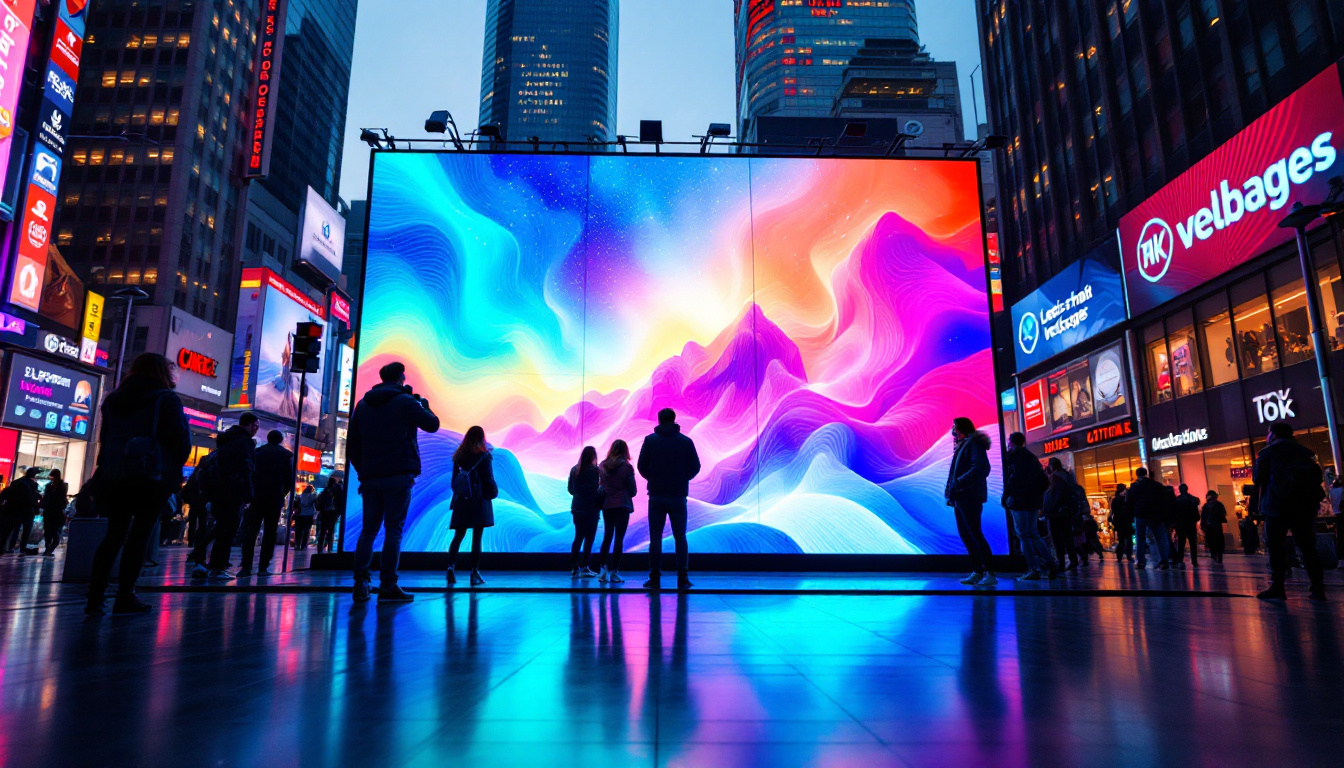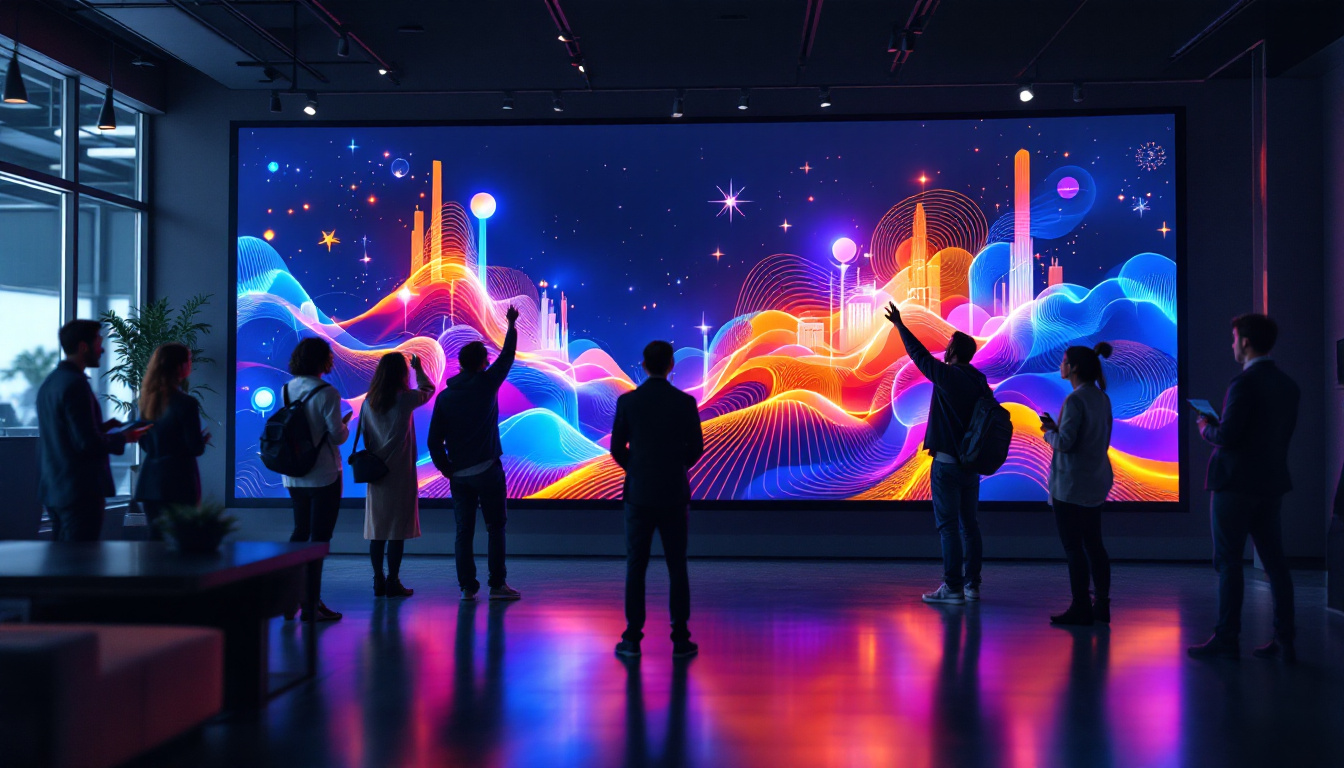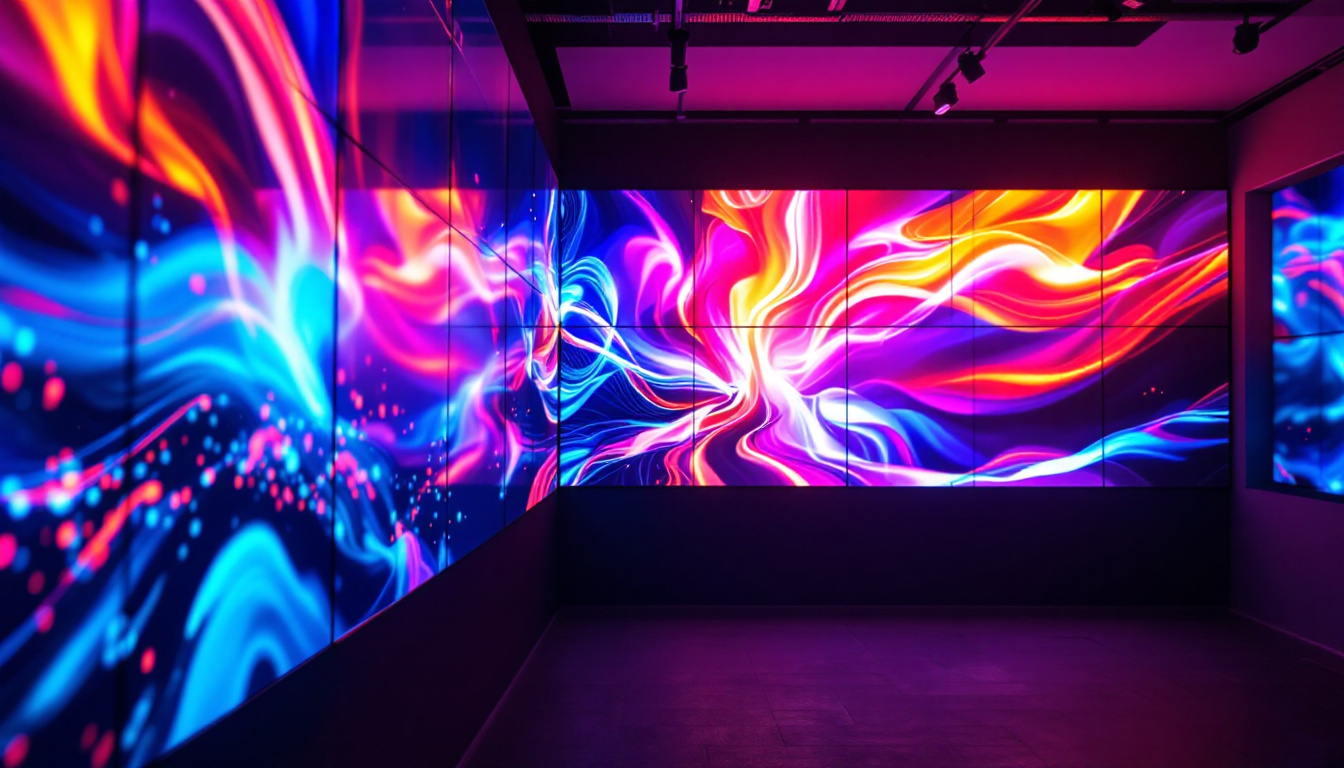In the realm of modern visual technology, LED lights have revolutionized the way we experience images and videos. Particularly in the context of projector screens, LED displays offer a unique blend of brightness, energy efficiency, and versatility. This article delves into the intricacies of LED lights for projector screens, exploring their advantages, functionalities, and the technology behind them.
Understanding LED Technology
LED, or Light Emitting Diode, is a semiconductor device that emits light when an electric current passes through it. This technology has gained immense popularity due to its efficiency and longevity compared to traditional lighting methods. In projector screens, LED technology enhances the overall viewing experience by providing sharper images and vibrant colors.
The Basics of LED Lights
LED lights operate on a simple principle: when electrons move through a semiconductor material, they release energy in the form of photons, producing light. This process is known as electroluminescence. Unlike incandescent bulbs that generate light through heat, LEDs are cooler and more energy-efficient, making them ideal for prolonged use.
One of the key advantages of LED lights is their lifespan. While traditional bulbs may last around 1,000 hours, LED lights can last up to 25,000 hours or more. This durability translates to lower replacement costs and reduced environmental impact, making LEDs a sustainable choice for various applications, including projector screens.
Types of LED Displays
LED displays come in several types, each with unique characteristics suited for different environments. The most common types include:
- Direct View LED: These displays consist of individual LED modules that create images directly. They are often used in large-scale installations, such as outdoor billboards and stadium screens.
- LED-backlit LCD: This technology uses an LCD panel illuminated by LED lights. It combines the benefits of both technologies, offering vibrant colors and high contrast ratios.
- MicroLED: A newer technology, MicroLED uses tiny, self-emissive LEDs to create images. This allows for higher resolutions and better color accuracy, making it an exciting option for future projector screens.
Advantages of LED Lights for Projector Screens
When it comes to projector screens, the integration of LED lights offers numerous advantages that enhance the viewing experience. From improved brightness to energy efficiency, these benefits make LED technology a compelling choice for both home and professional settings.
Enhanced Brightness and Color Accuracy
One of the standout features of LED lights is their ability to produce bright and vibrant images. This is particularly important for projector screens, where ambient light can often wash out the colors. LED projectors can achieve higher brightness levels, making them suitable for various lighting conditions.
Moreover, LED technology provides superior color accuracy. With a wider color gamut, LED projectors can reproduce a broader spectrum of colors, resulting in more lifelike images. This is especially beneficial for presentations, movies, and gaming, where color fidelity plays a crucial role in the overall experience.
Energy Efficiency and Longevity
Energy efficiency is a significant advantage of LED lights. Compared to traditional projector lamps, LED lights consume considerably less power, which not only reduces electricity bills but also minimizes heat output. This is particularly advantageous in settings where projectors are used for extended periods.
Additionally, the longevity of LED lights means less frequent replacements. This not only saves money but also reduces waste, making LED projectors a more environmentally friendly option. With a lifespan of up to 25,000 hours, users can enjoy years of reliable performance without the hassle of constant maintenance.
Versatility and Portability
LED projectors are known for their versatility. They can be used in various applications, from home theaters to business presentations and outdoor events. Their compact size and lightweight design make them easy to transport, allowing users to set up a projector screen in different locations without difficulty.
This portability is particularly appealing for professionals who need to deliver presentations in various environments. With LED projectors, users can achieve high-quality visuals without being tethered to a specific location, enhancing the overall flexibility of their presentations.
How LED Lights Improve Projector Screen Performance
The integration of LED lights in projector screens significantly enhances performance in various aspects. Understanding these improvements can help users make informed decisions when selecting a projector for their needs.
Contrast Ratio and Black Levels
Contrast ratio is a critical factor in determining the quality of projected images. LED projectors excel in this area, offering deeper blacks and brighter whites. This is achieved through the precise control of light emitted by the LEDs, allowing for better differentiation between light and dark areas in images.
With improved contrast ratios, viewers can enjoy a more immersive experience, particularly in dark scenes where detail can often be lost. This is essential for movie enthusiasts and gamers who seek to engage fully with the content they are viewing.
Reduced Motion Blur
Motion blur can be a significant issue in traditional projectors, particularly during fast-paced scenes in movies or games. LED projectors mitigate this problem through faster response times and better refresh rates. This means that moving images appear sharper and more fluid, enhancing the overall viewing experience.
For sports enthusiasts or action movie fans, this reduction in motion blur can make a substantial difference, ensuring that every detail is captured without distortion or blurriness.
Flexible Installation Options
LED projectors offer greater flexibility in installation compared to traditional models. Many LED projectors come equipped with features such as keystone correction and lens shift, allowing users to adjust the image to fit their screen perfectly, regardless of the projector’s position.
This flexibility is particularly beneficial in home theater setups or conference rooms where space may be limited. Users can achieve optimal image quality without being constrained by the projector’s placement, making it easier to create an ideal viewing environment.
Choosing the Right LED Projector for Your Needs
With a variety of LED projectors available on the market, selecting the right one can be a daunting task. Understanding key features and specifications can help users make an informed decision that aligns with their specific needs.
Brightness Levels
Brightness is measured in lumens, and it is essential to choose a projector with an appropriate lumen rating for the intended environment. For home theaters with controlled lighting, a projector with 1,000 to 2,500 lumens may suffice. However, for presentations in well-lit rooms or outdoor settings, a projector with 3,000 lumens or more is recommended.
Assessing the ambient light conditions of the intended viewing area will help determine the necessary brightness level, ensuring that images remain clear and vibrant regardless of lighting conditions.
Resolution and Image Quality
Resolution is another critical factor to consider when selecting an LED projector. Higher resolutions, such as Full HD (1920×1080) or 4K (3840×2160), provide sharper images and greater detail. For home theater setups, investing in a higher resolution projector can significantly enhance the viewing experience, especially for large screens.
Additionally, consider the projector’s contrast ratio and color accuracy. Look for models that offer high contrast ratios and support for a wide color gamut to ensure that images are vivid and lifelike.
Connectivity Options
Modern LED projectors come equipped with various connectivity options, including HDMI, USB, and wireless capabilities. Assessing the connectivity needs based on the devices that will be used with the projector is crucial. For example, if streaming from a laptop or mobile device is a priority, ensure that the projector supports the necessary connections.
Wireless capabilities can also enhance convenience, allowing users to connect without the hassle of cables. This is especially useful for presentations, where quick setup and teardown are essential.
Future Trends in LED Projector Technology
The landscape of LED projector technology is continuously evolving, with advancements that promise to enhance performance and user experience further. Keeping an eye on emerging trends can help users stay informed about the best options available.
Integration of Smart Features
Many manufacturers are now incorporating smart features into LED projectors, allowing users to access streaming services, applications, and even voice control capabilities. This integration enhances the usability of projectors, making them more versatile for entertainment and professional purposes.
Smart projectors can connect to Wi-Fi networks, enabling users to stream content directly without the need for external devices. This convenience is particularly appealing for home theater enthusiasts who seek seamless access to their favorite shows and movies.
Advancements in MicroLED Technology
MicroLED technology is on the rise, promising even greater advancements in image quality and performance. With smaller individual LEDs, MicroLED displays can achieve higher resolutions and better color accuracy than traditional LED displays.
This technology is still in its infancy, but as it matures, it has the potential to redefine the projector market, offering users unparalleled viewing experiences with stunning visuals.
Eco-Friendly Innovations
As environmental concerns continue to grow, manufacturers are focusing on creating more eco-friendly projector options. This includes using sustainable materials in production and designing projectors that consume less energy while maintaining high performance.
Choosing eco-friendly projectors not only benefits the environment but can also lead to cost savings in energy consumption over time, making it a win-win for consumers.
Conclusion
LED lights for projector screens represent a significant advancement in visual technology, offering numerous benefits that enhance the viewing experience. From improved brightness and color accuracy to energy efficiency and longevity, LED projectors are transforming the way users engage with content.
As technology continues to evolve, staying informed about the latest trends and innovations will empower consumers to make the best choices for their needs. Whether for home entertainment, business presentations, or educational purposes, LED projectors are poised to deliver exceptional performance and versatility for years to come.
Discover LumenMatrix LED Display Solutions
Ready to elevate your visual experience with the latest in LED technology? LumenMatrix is at the forefront of innovative LED display solutions, offering a wide range of products from Indoor and Outdoor LED Walls to specialized displays for vehicles, sports, and more. Our mission is to transform your visual communication with displays that not only captivate your audience but also convey your message with unparalleled clarity and impact. Don’t miss out on the opportunity to enhance your brand visibility and create engaging visual experiences. Check out LumenMatrix LED Display Solutions today and see the difference for yourself.

